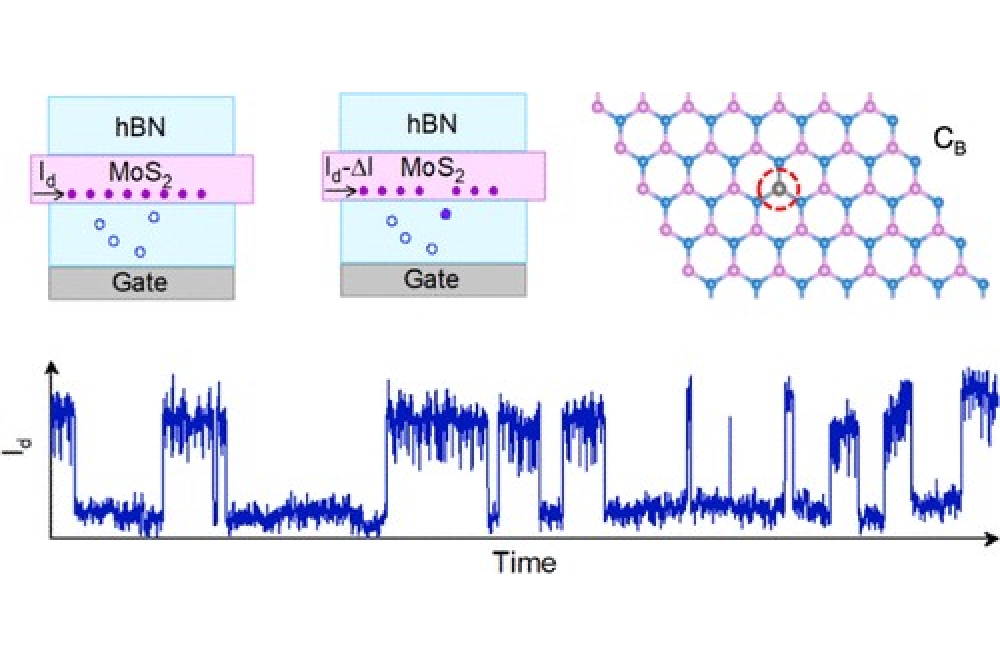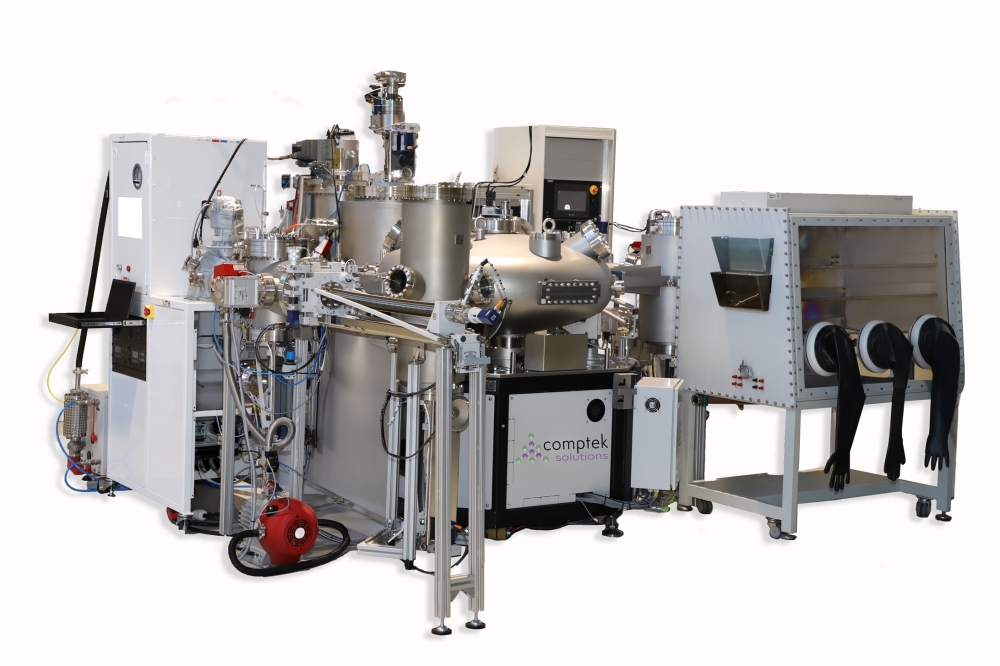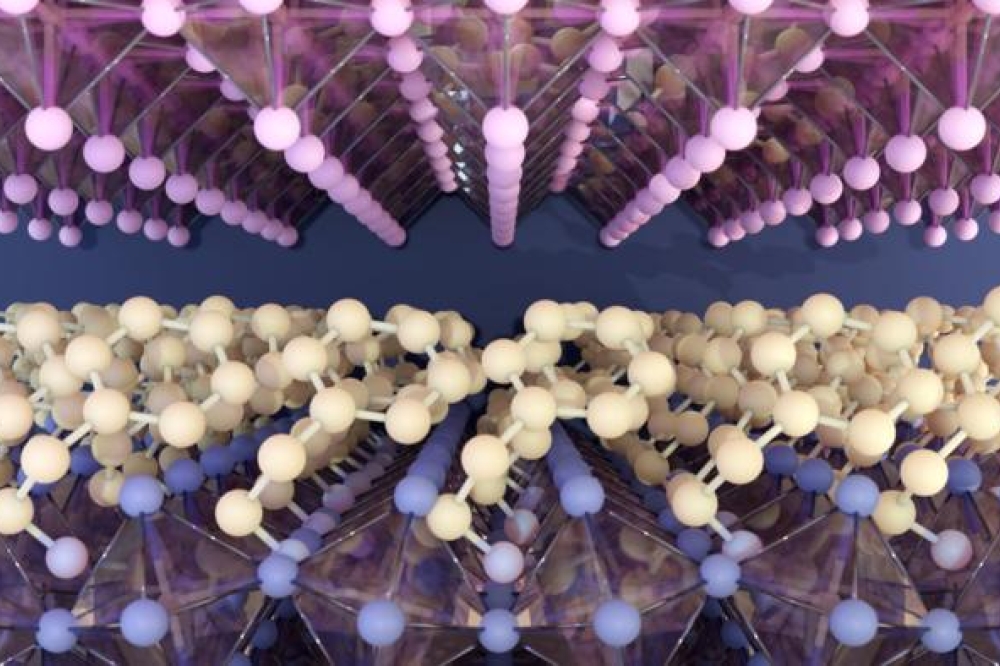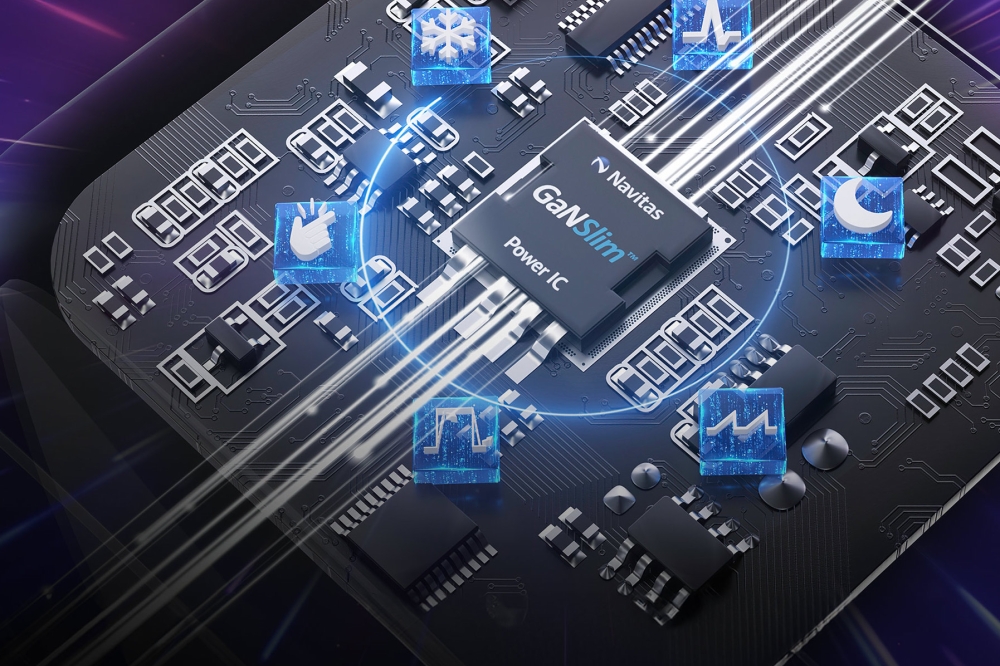News Article
GaN Adoption Drives RF Power Markets Forward
According to ABI Research, the use of gallium nitride technologies and spending in the military are now so global that equipment buyers can come from anywhere.
Although spending on RF power semiconductors in wireless infrastructure markets has continued to stagnate, other markets, notably the military, are seeing increased activity.
Also, according to a new study from ABI Research, gallium nitride (GaN), long seen as a promising new “material of choice” for RF power semiconductors is continuing to gain some market traction.
“Gallium nitride increased its market share in 2010,” notes ABI Research director Lance Wilson. “It is expected to do the same in 2011. Although its adoption hasn’t been as rapid as originally expected, it is nonetheless forecast to be a significant force by 2016.”
GaN bridges the gap between two older technologies, exhibiting the high-frequency performance of gallium arsenide (GaAs) combined with the power handling capabilities of silicon LDMOS. It is now a mainstream technology which has achieved measurable market share and in future will capture a substantial part of the market.
Other than wireless infrastructure, the vertical market showing the strongest uptick in the RF power semiconductor business has been the military, which Wilson describes as being now “a very significant market.” While the producers of these devices are located in the major industrialized countries, the military market is now so global that equipment buyers can come from anywhere.
“RF Power Semiconductors” examines RF power semiconductor devices that have power outputs of greater than 5 watts and operate at frequencies of up to 3.8 GHz, which represent the bulk of applications in use today. The last study ABI Research published on this topic appeared late in 2009.
With the current release, analysis of the six main vertical segments (wireless infrastructure; military; industrial, scientific, and medical (ISM); broadcast; commercial avionics and air traffic control; and non-cellular communications) which was previously subdivided into 24 sub-segments, is expanded to 29 sub-segments.
This study is part of the firm’s RF Power Semiconductors Research Cluster, a collection of reports and other research with a common theme that spans multiple Research Services.


































